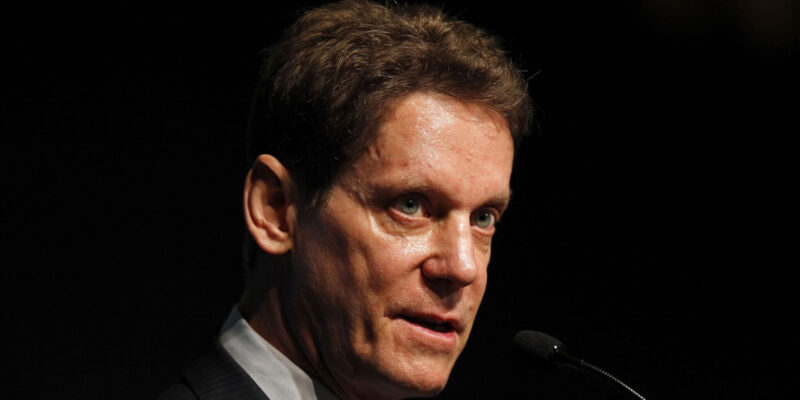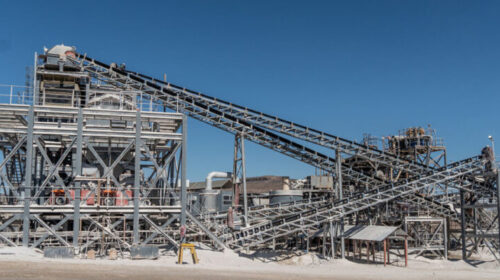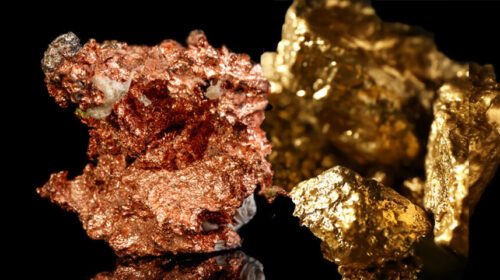Friedland’s Copper and Africa Mining Predictions Coming True
DEVELOPMENTS in Chile where the socialist government is looking at nationalizing a sector of its mining industry are bearing out the predictions made over the past few years at the Mining Indaba by billionaire mining entrepreneur Robert Friedland.
The fall out is likely to be beneficial for African mining countries – in particular the Democratic Republic of Congo (DRC) and Zambia – as investors reduce their exposure to Chile and mining companies start to look elsewhere for new lithium and copper projects.
Last week Chilean president Gabriel Boric announced plans to create a state-owned lithium company which would control the world’s largest lithium reserves in a move which analysts are viewing as effective nationalization of the sector.
According to UK research and broking firm SP Angel “President Boric’s national address on the country’s lithium reserves has seen an exodus of investors from the country’s lithium equities. As a result investors are looking to alternative jurisdictions with less threat of resources nationalization.
“Concerns are mounting that Argentina may follow Chile’s lead with Argentine-exposed lithium equities also seeing selling pressure following Boric’s address.”
In 2020 Friedland commented in Cape Town that, “it’s absolutely silly to think that Chile is a safe place to mine and should have a three or four percent discount rate and, somehow, the Democratic Republic of Congo should have a 12% discount rate.
“There’s this fiction that somehow Africa is dangerous and it’s safe for industry to go to Chile or Peru. I challenge that. I would rather be in Africa – in the DRC.”
Friedland told Bloomberg that President Boric’s move amounted to nationalisation of Chile’s lithium sector and would make it harder to invest in Chile.
South American countries are the world’s major copper producers but Bloomberg pointed out that Chile’s new policy comes at the same time as proposed royalty hikes in the country; social unrest in Peru and the threat of tax increases in Panama.
These measures – being looked at by South American governments that are increasingly moving their political stances to the Left – could hit copper production in their countries so underscoring another of Friedland’s fundamental themes which he has been harping on for at least the past five years – there is a huge crunch in copper supply looming.
At this year’s Mining Indaba he highlighted the political unrest in Peru saying it could derail global copper supply commenting, “we need a way to work this out because if Peru melts down that will affect our attempts to keep the lights on globally.”.
Friedland described renewable energy technology as “absurdly copper intensive” and quoted statistics predicting that some $700bn had to be invested in copper mining over the next 22 years to produce another 700mt of the metal – which is same amount as the total mass of copper historically mined to date.
Friedland’s conclusion was that Africa was the place to go mining for copper and he dramatically claimed the continent could “make or break” the future evolution of the human species.
It appears most international investors either have not grasped this or are ignoring the situation judging by the lacklustre movements in copper mining equities and the copper price itself.
In December last year Glencore CEO Gary Nagle commented, “the world just doesn’t get it. It doesn’t understand that there’s a massive copper deficit coming. That deficit is unsustainable. The world will stop without the additional copper supply. But the price of copper is not expecting it.”
But the penny may have dropped for some South African investors judging by the listing of junior miner Copper360 on the JSE’s Alt-X board last week which has been arguably the most successful since the junior miner hey days of the 1980’s.
Listed after a private placing of shares at 400c Copper360 hit R20 a share – albeit in thin trading – within two days before settling down to current levels around R12 – treble the listing price.
46 total views , 1 views today





